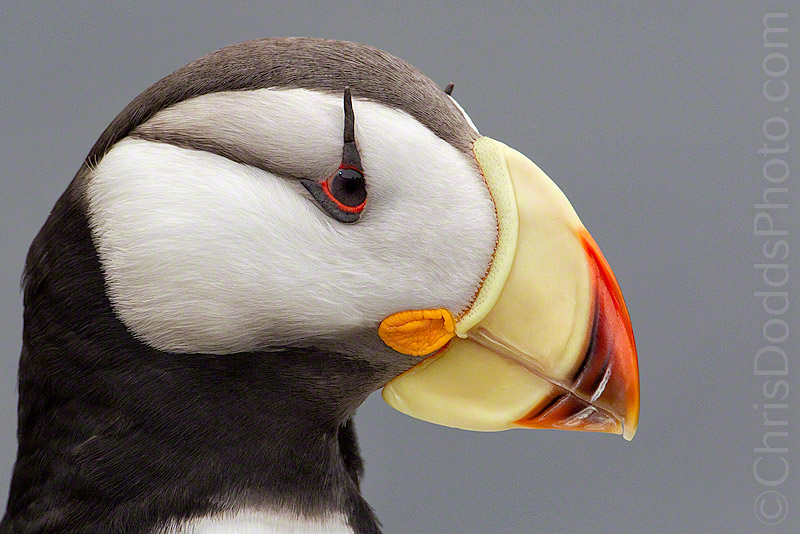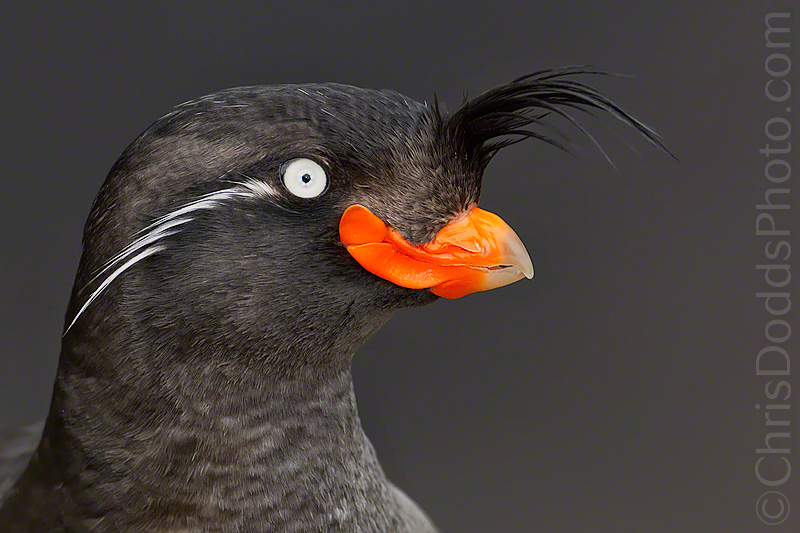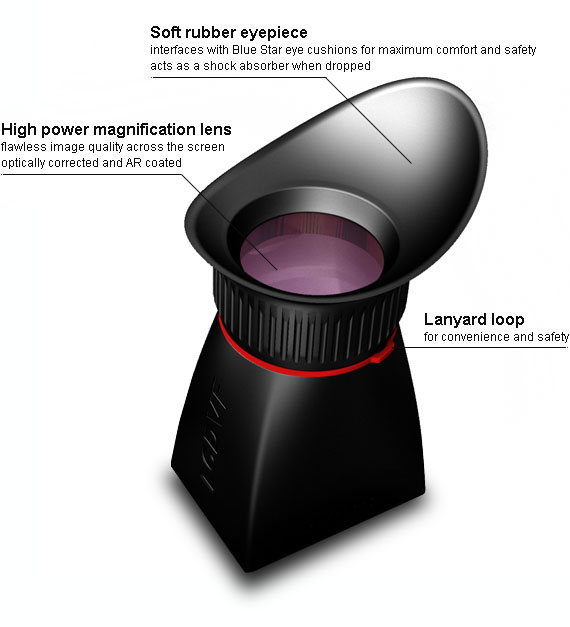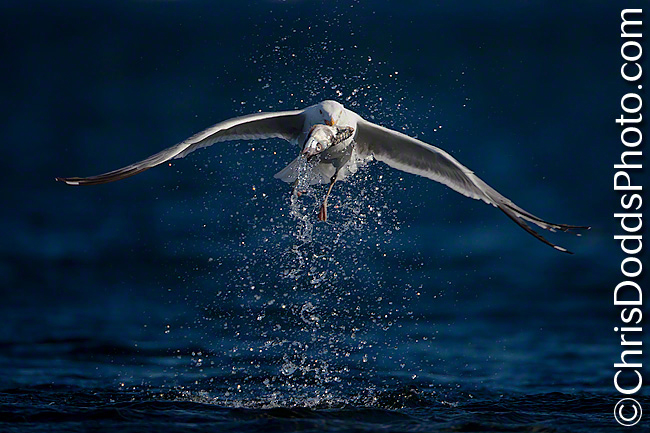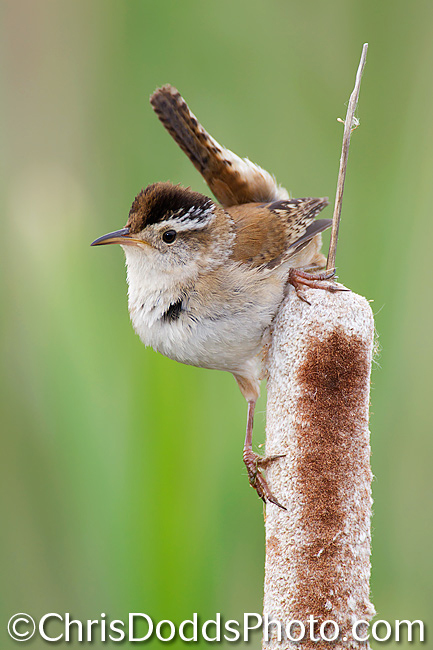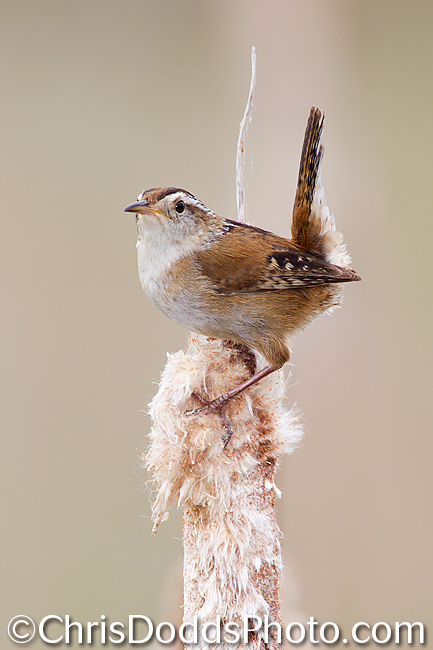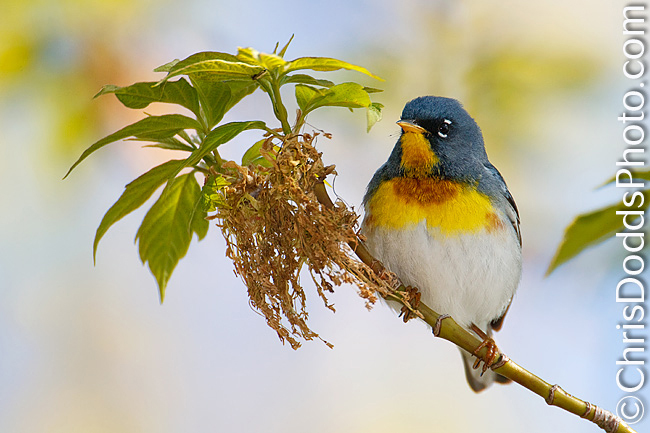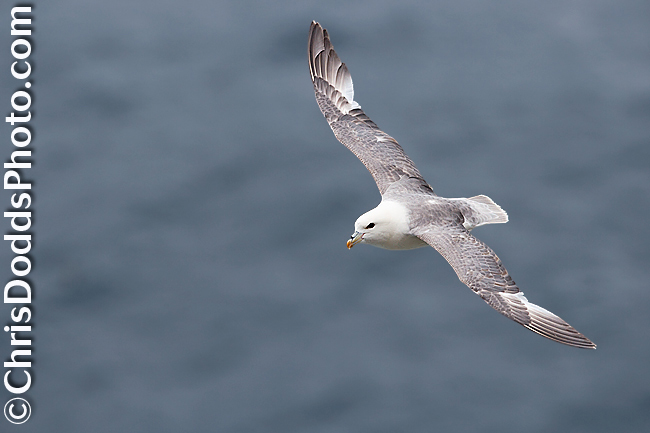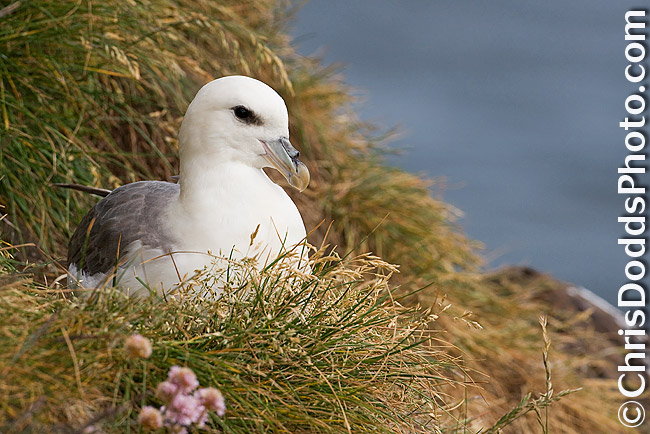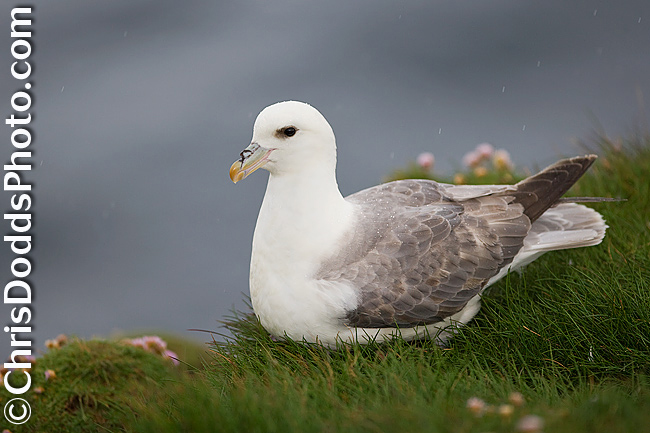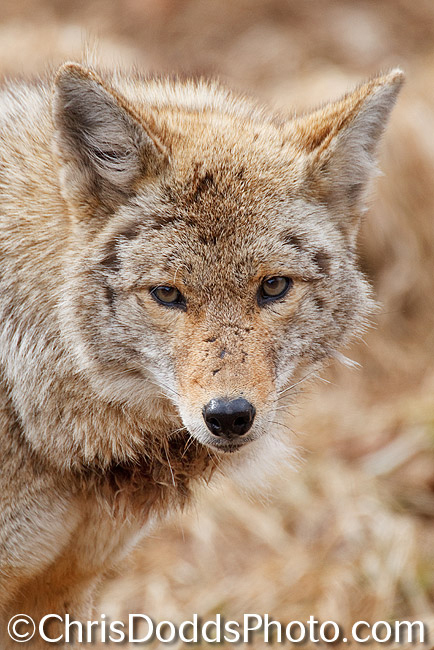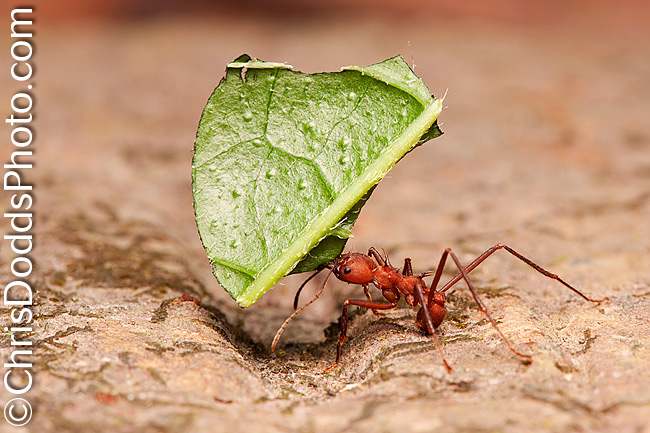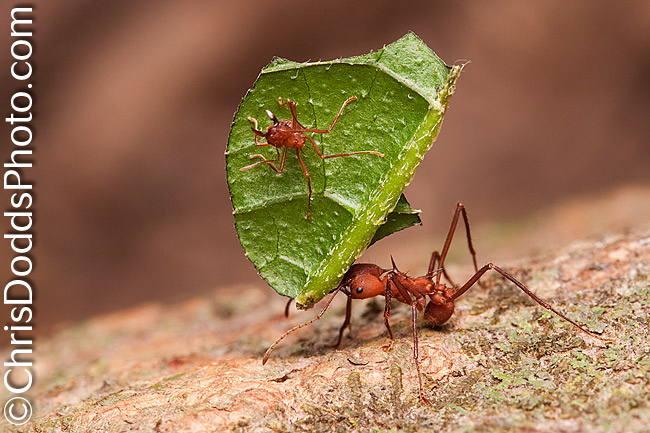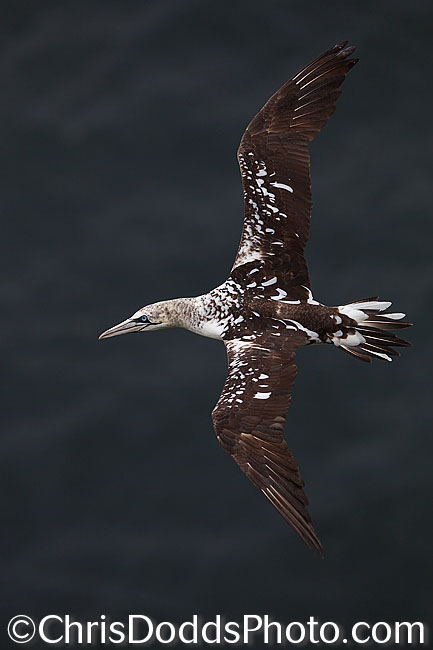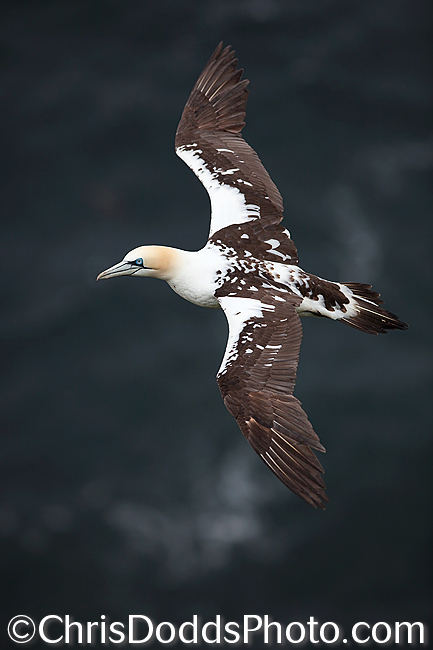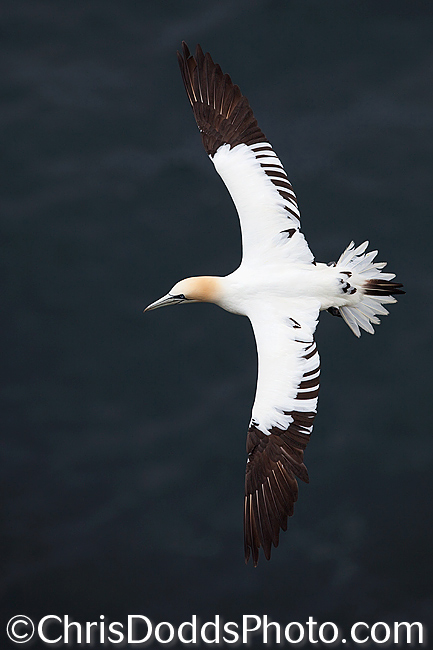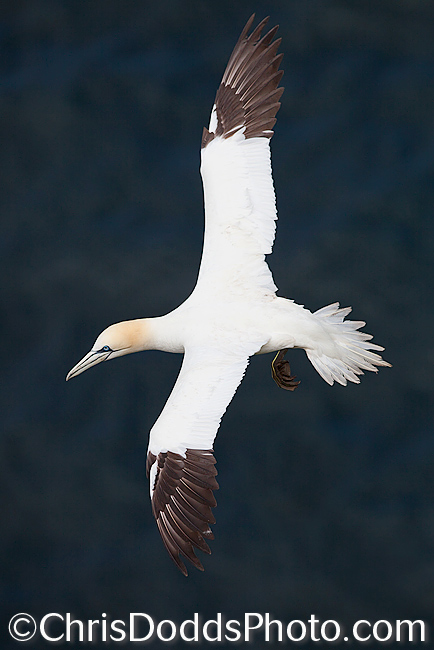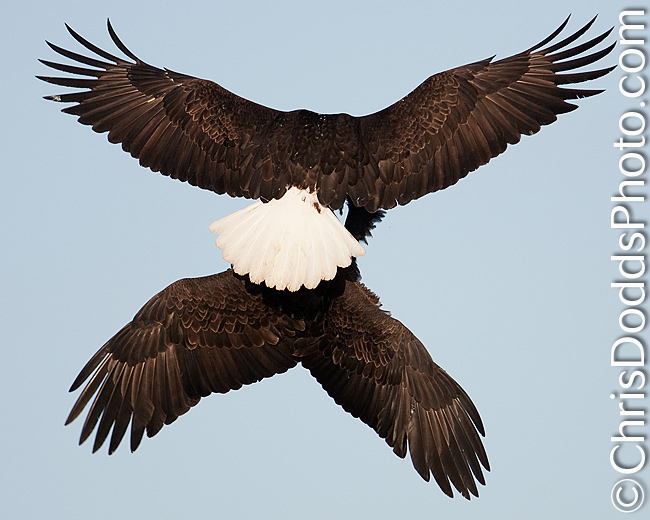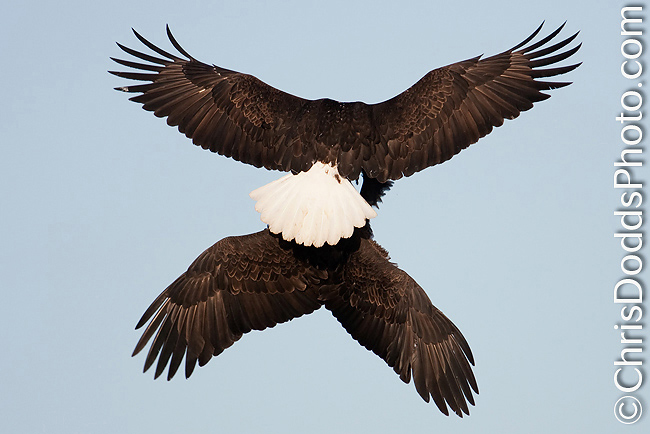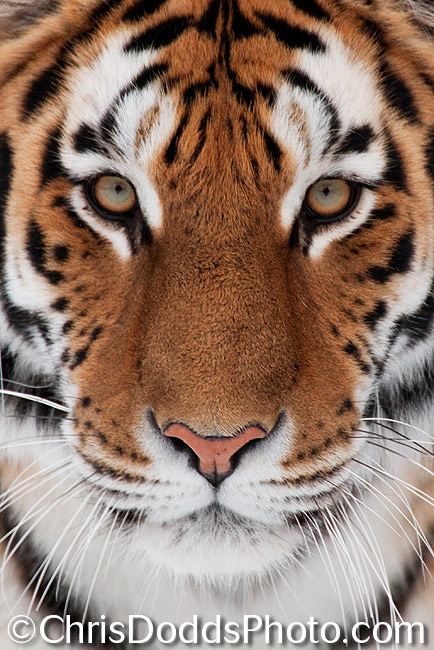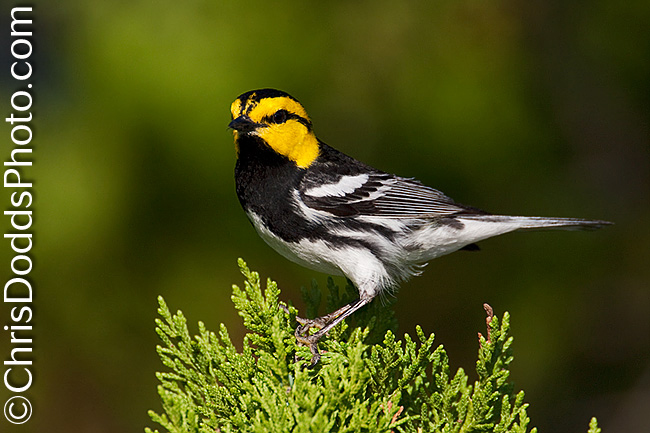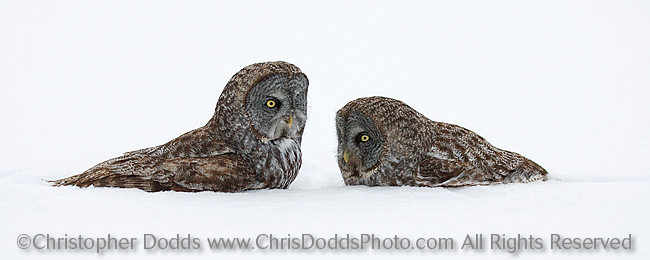 Great Grey Owls IN LOVE (Strix nebulosa Chouette Lapone) January 2005 Bracebridge, Ontario, Canada ©Christopher Dodds http://www.chrisdoddsphoto.com All Rights Reserved. Canon EOS 1D Mark II, 100-400mm @ 120mm. ISO 250, F6.3 1/800s Manual Exposure. CLICK HERE TO PURCHASE A PRINT or LICENSE IMAGE FOR PUBLICATION.
Great Grey Owls IN LOVE (Strix nebulosa Chouette Lapone) January 2005 Bracebridge, Ontario, Canada ©Christopher Dodds http://www.chrisdoddsphoto.com All Rights Reserved. Canon EOS 1D Mark II, 100-400mm @ 120mm. ISO 250, F6.3 1/800s Manual Exposure. CLICK HERE TO PURCHASE A PRINT or LICENSE IMAGE FOR PUBLICATION.
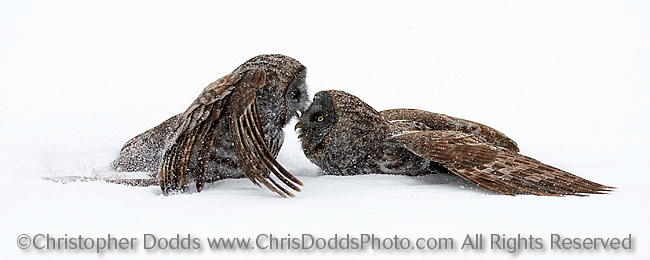 Great Grey Owls IN LOVE (Strix nebulosa Chouette Lapone) January 2005 Bracebridge, Ontario, Canada ©Christopher Dodds http://www.chrisdoddsphoto.com All Rights Reserved. Canon EOS 1D Mark II, 100-400mm @ 120mm. ISO 250, F6.3 1/800s Manual Exposure. CLICK HERE TO PURCHASE A PRINT or LICENSE IMAGE FOR PUBLICATION.
Great Grey Owls IN LOVE (Strix nebulosa Chouette Lapone) January 2005 Bracebridge, Ontario, Canada ©Christopher Dodds http://www.chrisdoddsphoto.com All Rights Reserved. Canon EOS 1D Mark II, 100-400mm @ 120mm. ISO 250, F6.3 1/800s Manual Exposure. CLICK HERE TO PURCHASE A PRINT or LICENSE IMAGE FOR PUBLICATION.
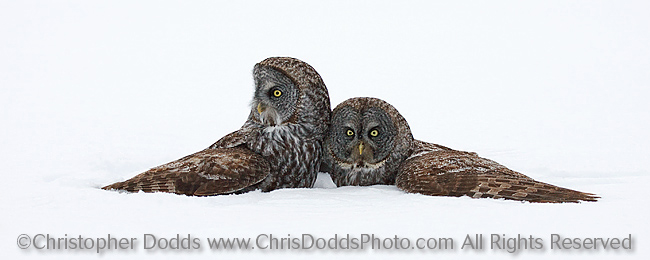 Great Grey Owls IN LOVE (Strix nebulosa Chouette Lapone) January 2005 Bracebridge, Ontario, Canada ©Christopher Dodds http://www.chrisdoddsphoto.com All Rights Reserved. Canon EOS 1D Mark II, 100-400mm @ 120mm. ISO 250, F6.3 1/800s Manual Exposure. CLICK HERE TO PURCHASE A PRINT or LICENSE IMAGE FOR PUBLICATION.
Great Grey Owls IN LOVE (Strix nebulosa Chouette Lapone) January 2005 Bracebridge, Ontario, Canada ©Christopher Dodds http://www.chrisdoddsphoto.com All Rights Reserved. Canon EOS 1D Mark II, 100-400mm @ 120mm. ISO 250, F6.3 1/800s Manual Exposure. CLICK HERE TO PURCHASE A PRINT or LICENSE IMAGE FOR PUBLICATION.
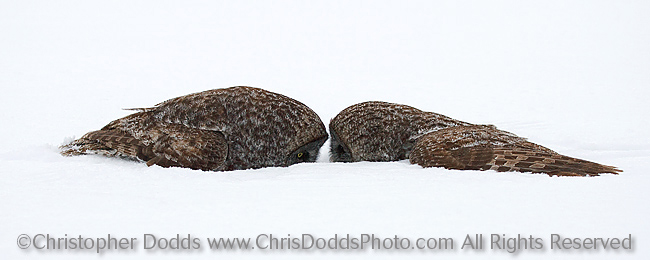 Great Grey Owls IN LOVE (Strix nebulosa Chouette Lapone) January 2005 Bracebridge, Ontario, Canada ©Christopher Dodds http://www.chrisdoddsphoto.com All Rights Reserved. Canon EOS 1D Mark II, 100-400mm @ 120mm. ISO 250, F6.3 1/800s Manual Exposure. CLICK HERE TO PURCHASE A PRINT or LICENSE IMAGE FOR PUBLICATION.
Great Grey Owls IN LOVE (Strix nebulosa Chouette Lapone) January 2005 Bracebridge, Ontario, Canada ©Christopher Dodds http://www.chrisdoddsphoto.com All Rights Reserved. Canon EOS 1D Mark II, 100-400mm @ 120mm. ISO 250, F6.3 1/800s Manual Exposure. CLICK HERE TO PURCHASE A PRINT or LICENSE IMAGE FOR PUBLICATION.
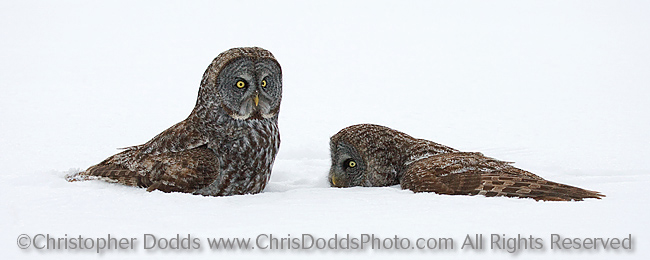 Great Grey Owls IN LOVE (Strix nebulosa Chouette Lapone) January 2005 Bracebridge, Ontario, Canada ©Christopher Dodds http://www.chrisdoddsphoto.com All Rights Reserved. Canon EOS 1D Mark II, 100-400mm @ 120mm. ISO 250, F6.3 1/800s Manual Exposure. CLICK HERE TO PURCHASE A PRINT or LICENSE IMAGE FOR PUBLICATION.
Great Grey Owls IN LOVE (Strix nebulosa Chouette Lapone) January 2005 Bracebridge, Ontario, Canada ©Christopher Dodds http://www.chrisdoddsphoto.com All Rights Reserved. Canon EOS 1D Mark II, 100-400mm @ 120mm. ISO 250, F6.3 1/800s Manual Exposure. CLICK HERE TO PURCHASE A PRINT or LICENSE IMAGE FOR PUBLICATION.
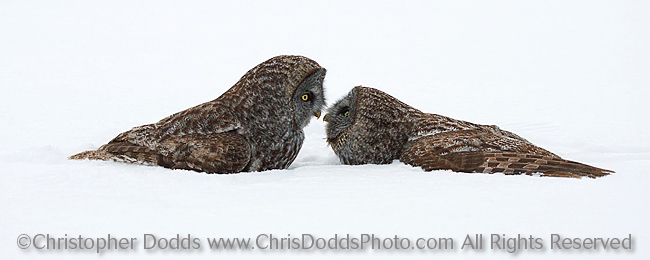 Great Grey Owls IN LOVE (Strix nebulosa Chouette Lapone) January 2005 Bracebridge, Ontario, Canada ©Christopher Dodds http://www.chrisdoddsphoto.com All Rights Reserved. Canon EOS 1D Mark II, 100-400mm @ 120mm. ISO 250, F6.3 1/800s Manual Exposure. CLICK HERE TO PURCHASE A PRINT or LICENSE IMAGE FOR PUBLICATION.
Great Grey Owls IN LOVE (Strix nebulosa Chouette Lapone) January 2005 Bracebridge, Ontario, Canada ©Christopher Dodds http://www.chrisdoddsphoto.com All Rights Reserved. Canon EOS 1D Mark II, 100-400mm @ 120mm. ISO 250, F6.3 1/800s Manual Exposure. CLICK HERE TO PURCHASE A PRINT or LICENSE IMAGE FOR PUBLICATION.
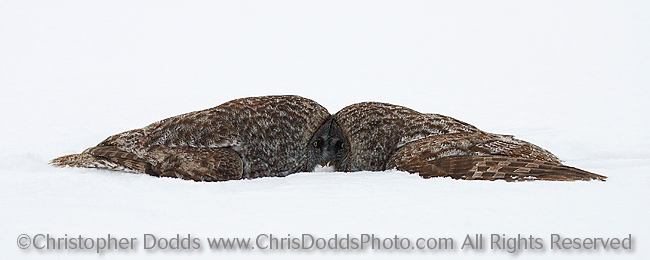 Great Grey Owls IN LOVE (Strix nebulosa Chouette Lapone) January 2005 Bracebridge, Ontario, Canada ©Christopher Dodds http://www.chrisdoddsphoto.com All Rights Reserved. Canon EOS 1D Mark II, 100-400mm @ 120mm. ISO 250, F6.3 1/800s Manual Exposure. CLICK HERE TO PURCHASE A PRINT or LICENSE IMAGE FOR PUBLICATION.
Great Grey Owls IN LOVE (Strix nebulosa Chouette Lapone) January 2005 Bracebridge, Ontario, Canada ©Christopher Dodds http://www.chrisdoddsphoto.com All Rights Reserved. Canon EOS 1D Mark II, 100-400mm @ 120mm. ISO 250, F6.3 1/800s Manual Exposure. CLICK HERE TO PURCHASE A PRINT or LICENSE IMAGE FOR PUBLICATION.
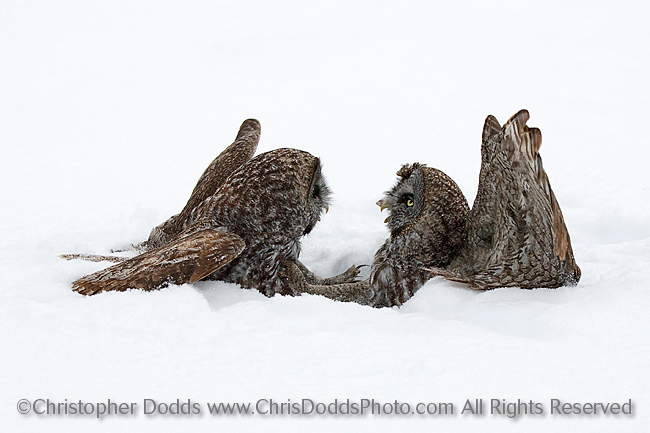 Great Grey Owls IN LOVE (Strix nebulosa Chouette Lapone) January 2005 Bracebridge, Ontario, Canada ©Christopher Dodds http://www.chrisdoddsphoto.com All Rights Reserved. Canon EOS 1D Mark II, 100-400mm @ 120mm. ISO 250, F6.3 1/800s Manual Exposure. CLICK HERE TO PURCHASE A PRINT or LICENSE IMAGE FOR PUBLICATION.
Great Grey Owls IN LOVE (Strix nebulosa Chouette Lapone) January 2005 Bracebridge, Ontario, Canada ©Christopher Dodds http://www.chrisdoddsphoto.com All Rights Reserved. Canon EOS 1D Mark II, 100-400mm @ 120mm. ISO 250, F6.3 1/800s Manual Exposure. CLICK HERE TO PURCHASE A PRINT or LICENSE IMAGE FOR PUBLICATION.
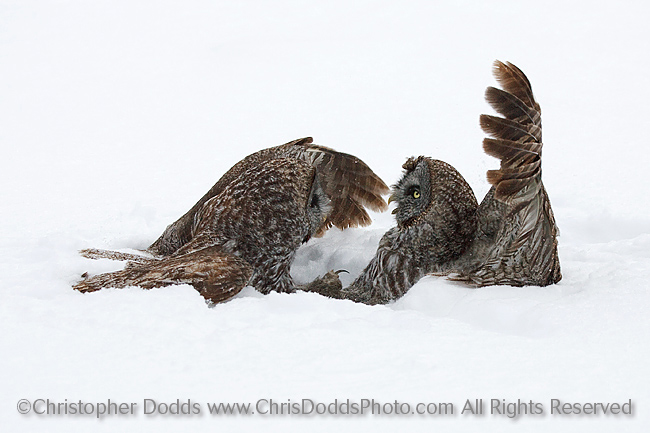 Great Grey Owls IN LOVE (Strix nebulosa Chouette Lapone) January 2005 Bracebridge, Ontario, Canada ©Christopher Dodds http://www.chrisdoddsphoto.com All Rights Reserved. Canon EOS 1D Mark II, 100-400mm @ 120mm. ISO 250, F6.3 1/800s Manual Exposure. CLICK HERE TO PURCHASE A PRINT or LICENSE IMAGE FOR PUBLICATION.
Great Grey Owls IN LOVE (Strix nebulosa Chouette Lapone) January 2005 Bracebridge, Ontario, Canada ©Christopher Dodds http://www.chrisdoddsphoto.com All Rights Reserved. Canon EOS 1D Mark II, 100-400mm @ 120mm. ISO 250, F6.3 1/800s Manual Exposure. CLICK HERE TO PURCHASE A PRINT or LICENSE IMAGE FOR PUBLICATION.
Canon EF 100-400mm f/4.5-5.6 L IS USM Lens saves the day!
There’s no shortage of critics when it comes to Canon’s EF 100-400mm f/4.5-5.6 L IS USM Lens; just google it and see how many people complain about the image quality and an apparent lack of consistently sharp results from one copy to another. I’m not about to try to convince you it is as sharp as my primary telephoto 500mm F4 IS USM lens, because it isn’t! It is a sharp lens, and a very versatile one to carry over your shoulder on a second camera body.The Canon EF 100-400mm f/4.5-5.6 L IS USM Lens has, perhaps, the most useful focal length range that includes the longest focal length found in a Canon zoom lens - 400mm. This long focal length and focal length range combine with very good image and build quality to make the 100-400 one of the most popular serious wildlife and sports lenses Canon sells
While photographing Great Grey Owls in Quebec and Ontario during the great irruption that occurred during the winter of 2004-2005, I always had my second camera body mounted on my trusty EF 100-400mm f/4.5-5.6 L IS USM lens, and many of the images I made with it have since been published around the globe and have been amongst my most successful print sales. Simply put: this is perhaps the most special moment I've witnessed in nature (and there have been many), and without the versatility of this zoom lens, it would have been missed. There are very few people on this earth that have witnessed this behaviour, and even fewer that have photographed it. You see, I was walking around with my 500mm and a 2X tele-extender, so the resulting images would have been very, very different.
In my mind, there simply is no other lens out there that offers so much versatility for your money. Canon has been busy replacing many of their lenses with new, improved optics, coatings and adding the latest image stabilizer systems; I do hope that they have a version II in the plans soon, all good things can be better, but the sequence of events recorded above (and the 51 other images in it) would not have been possible without it.
The Great Grey Owl
The Great Grey Owl or Lapland Owl (Strix nebulosa, Chouette lapone) is a very large owl, distributed across the Northern Hemisphere. In some areas it is also called the Great Gray Ghost, Phantom of the north, Cinerous Owl, Spectral Owl, Lapland Owl, Spruce Owl, Bearded Owl and Sooty Owl.
Courtship involves feeding and mutual preening between mates and begins in midwinter. The male typically approaches the female, holding food in its beak, which is passed with both birds closing their eyes. The male selects possible nest sites and attracts its mate with calls. Several sites are inspected before she chooses the nest site. The Great Gray Owl nests primarily in stick nests made by hawks, ravens, or crows, in the hollowed out top of large-diameter snags, or on the top of clumps of mistletoe, and in Europe sometimes on the forest floor. Northern Goshawks are very common providers of nest sites for Great Gray Owls. They also readily take to artificial platforms or nests placed in suitable habitat. Nests are usually in a forest, but with a large clearing or meadow located within 1.3km (0.8 miles). Unlike most other Owls, nests are usually tidied up and refurbished before use. Nest linings include conifer needles, deer hair, moss, and shredded bark. 2 to 5 (average 3) eggs are laid, each separated by 1 to 2 days. Incubation commences with the first egg laid and lasts 28 to 29 days. The female does all incubation and the male provides all food to the female and young. The female tears food into small pieces and feeds the young. Young leave the nest at 3 to 4 weeks and can climb well. Fledging occurs after about 8 weeks and young remain near the nest for several months, with the female caring for them.
Great Gray Owls are single-brooded but will readily lay replacement clutches if the first clutch or brood is lost. Males and females aggressively defend nests and have been known to drive off predators as large as black bears. Among other threats, ravens and Great Horned Owls prey on eggs and nestlings.
Great Gray Owls are semi-nomadic, with irregular site or mate fidelity between years. They tend to settle and nest in areas with high food resources and this may lead them to occupy the same nest for several years or move off to new areas. Nesting territories are defended from other Great Gray Owls, but foraging areas are widely overlapping. This leads to higher than expected densities, for a large bird of prey. In areas of good habitat this may be as high as 1 pair/58 hectares (5 pairs/square mile).
These birds wait, listen, and watch for prey, then swoop down; they also may fly low through open areas in search of prey. Their large facial disks, also known as "ruffs", focus sound, and the asymmetrical placement of their ears assists them in locating prey, because of the lack of light during the late and early hours in which they hunt. On the nesting grounds, they mainly hunt at night and near dawn and dusk; at other times, they are active mostly during the night. They have excellent hearing, and may locate (and then capture) prey moving beneath 60 cm (2 feet) of snow in a series of tunnels solely with that sense. These owls can crash through snow that could support the weight of a 180-pound person.[citation needed] Unlike the more versatile eagle and horned owls, Great Grey Owls rely almost fully upon small rodents, with voles being their most important food source. Locally, alternative prey animals (usually comprising less than 20% of prey intake) include hares, moles, shrews, weasels, thrushes, grouse, Gray Jays, small hawks and ducks. Great Grey Owl juveniles may themselves fall prey to bears, fishers, and large hawks, especially Northern Goshawks; while adults may fall prey to Bubo owls and lynxes.
Every few years, great grey owls move—usually en masse—from their boreal breeding grounds, typically in search of food. The last great irruption (as these movements are called) happened in 2004-2005. It was so large that it caught the attention of photographers, bird lovers, environmentalists, and the mainstream media from around the world.
Update on 2016-01-04 13:51 by Christopher Dodds
Please note Canon released an updated version of the Canon EF 100-400mm f/4.5/5.6 L IS II. My mini-review can be found HERE
